What are the basic principles of laser equipment antifreeze?
When the coolant temperature drops below freezing, the cooling water solidifies and expands, causing blockages or ruptures in the cooling system. This can damage internal components and optical parts of the laser, and in severe cases, render the laser completely inoperable. Therefore, effective antifreeze measures are essential for laser equipment during winter.
What are the operating temperature requirements for laser equipment in winter?
The working environment temperature for the laser should be maintained around 22°C. For the chiller, set the low-temperature water between 20-24°C and the high-temperature water between 28-30°C. Before operating the laser, let the chiller run for at least 20 minutes to ensure the actual water temperature matches the set temperature.
What are common methods for laser equipment antifreeze?
Method 1: Keep the chiller running (depending on local temperatures)
If power interruptions can be avoided, do not turn off the chiller. This ensures that the coolant remains in a circulating state. However, in extremely cold conditions, even flowing water can freeze.
Method 2: Drain the coolant (for long periods of inactivity)
This method is ideal when the equipment will not be used for an extended period, such as during holidays. Detach the chiller’s low-temperature and normal-temperature outlet pipes. Use clean air to blow through the low-temperature and normal-temperature outlets of the chiller to drain the coolant from the chiller, laser, and cutting head pipelines. Open the drainage port to completely empty the coolant from the chiller’s tank, ensuring no liquid remains to prevent freezing-related damage.
Method 3: Add antifreeze to the coolant (for areas with unstable power supply)
If the ambient temperature drops below freezing and power outages occur frequently, making it difficult to drain the coolant daily, antifreeze must be used. We recommend using a chiller antifreeze brand such as Clariant (USA). Do not directly pour antifreeze into the chiller. Instead, mix it with distilled or deionized water at a ratio of 3:7 (3 parts antifreeze to 7 parts water) before adding it to the chiller. This prevents corrosion of the pipelines. After adding antifreeze, the coolant can withstand temperatures as low as -15°C. Ensure the chiller operates above 5°C, and cold starts require a minimum temperature of 10°C.
Method 4: Maintain ambient temperature
If possible, use heating equipment to keep the working environment above 0°C. An ambient temperature of around 5°C is recommended for optimal protection.
Antifreeze Mixture Ratios
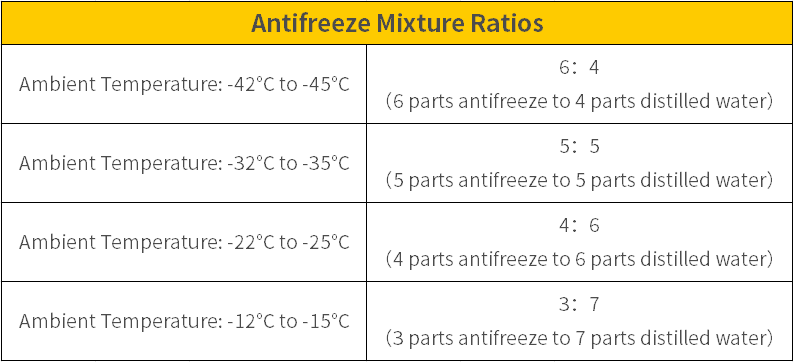
Important Tips
- Antifreeze cannot completely replace distilled or deionized water. It is not recommended for year-round use.
- After winter, flush the pipelines with distilled or deionized water and resume using distilled or deionized water as the coolant.
 DERATECH
DERATECH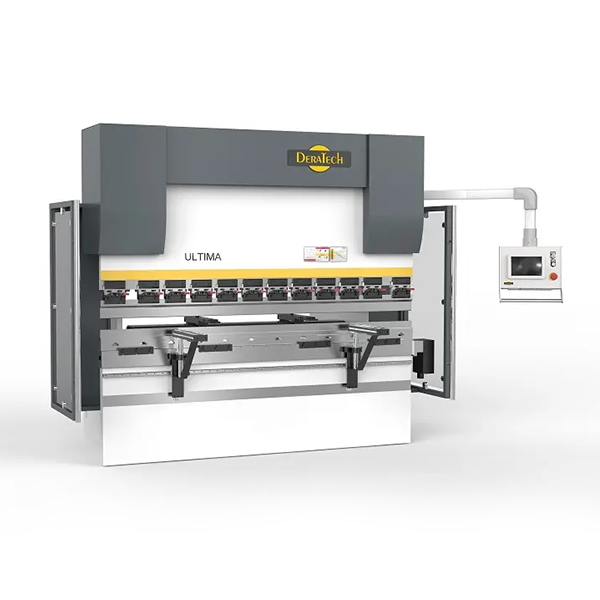
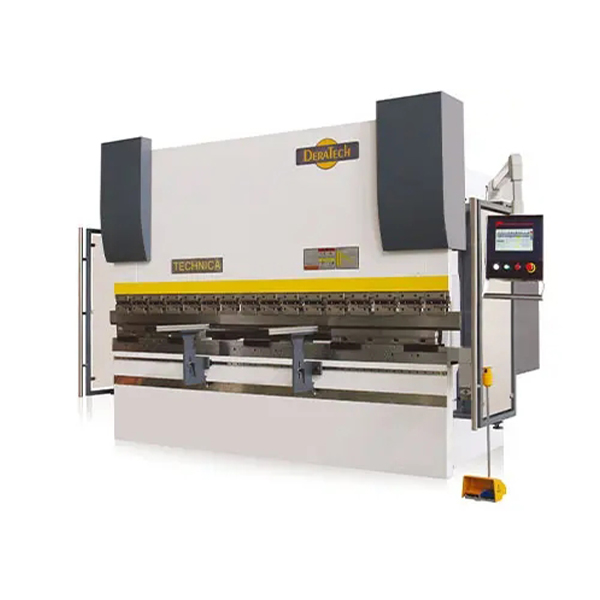
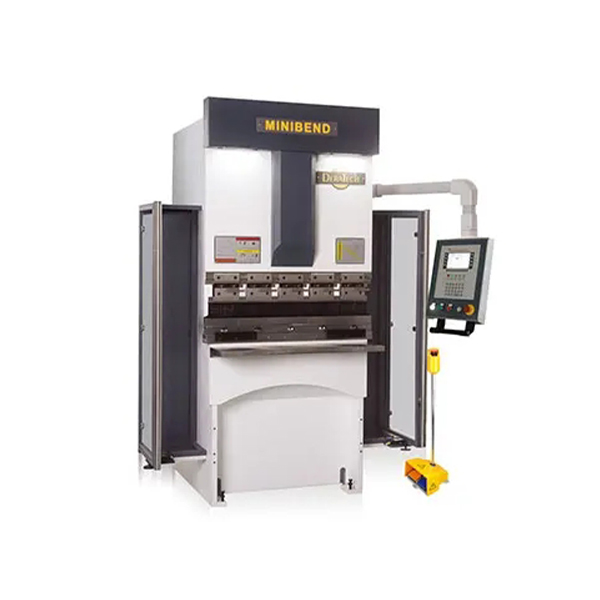
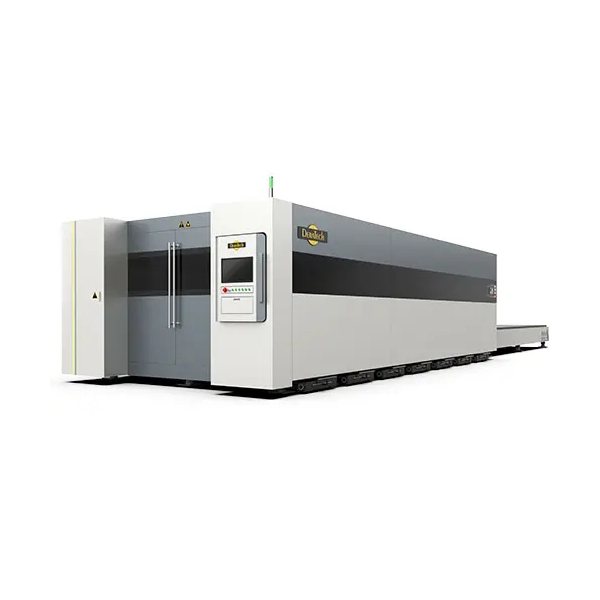
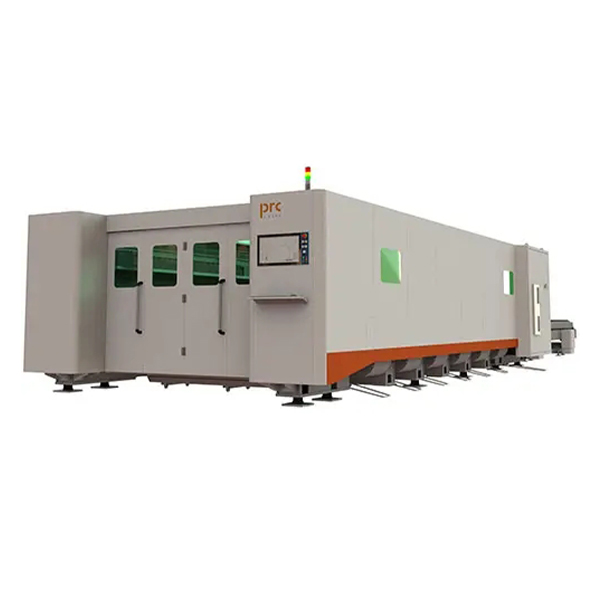
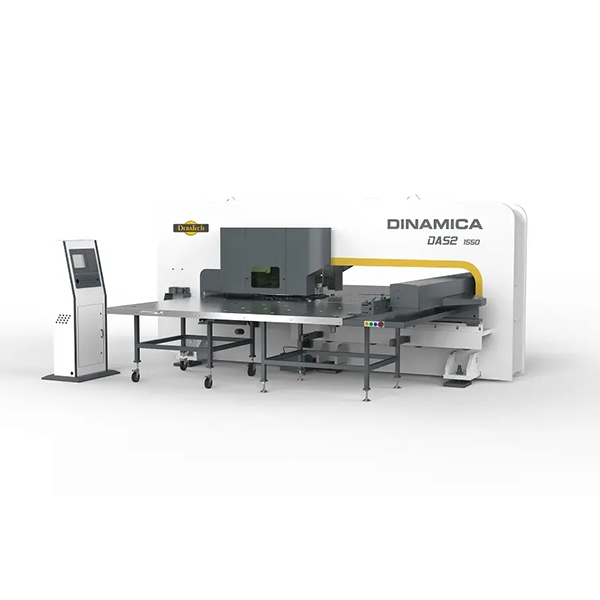






您好!Please sign in